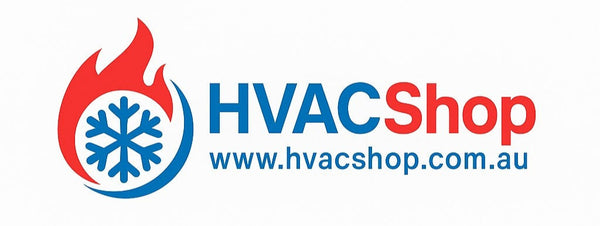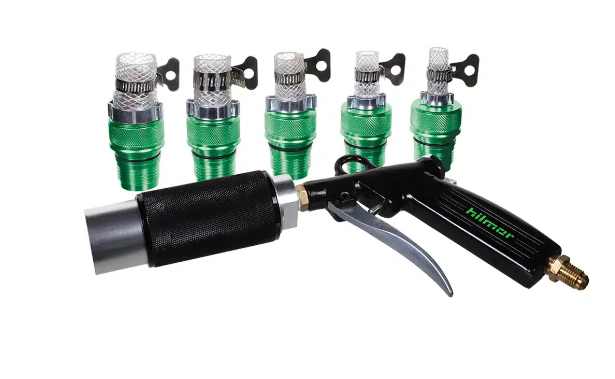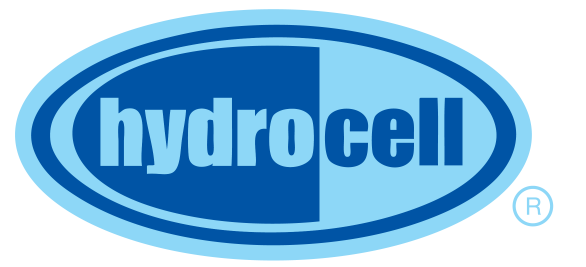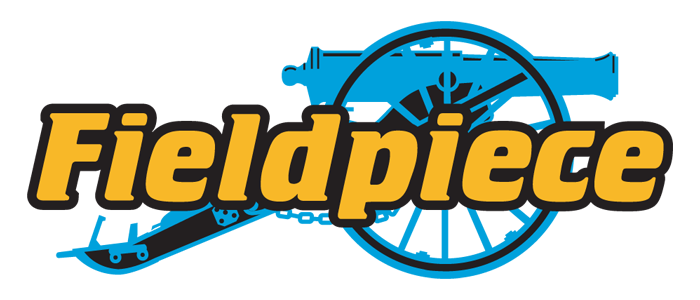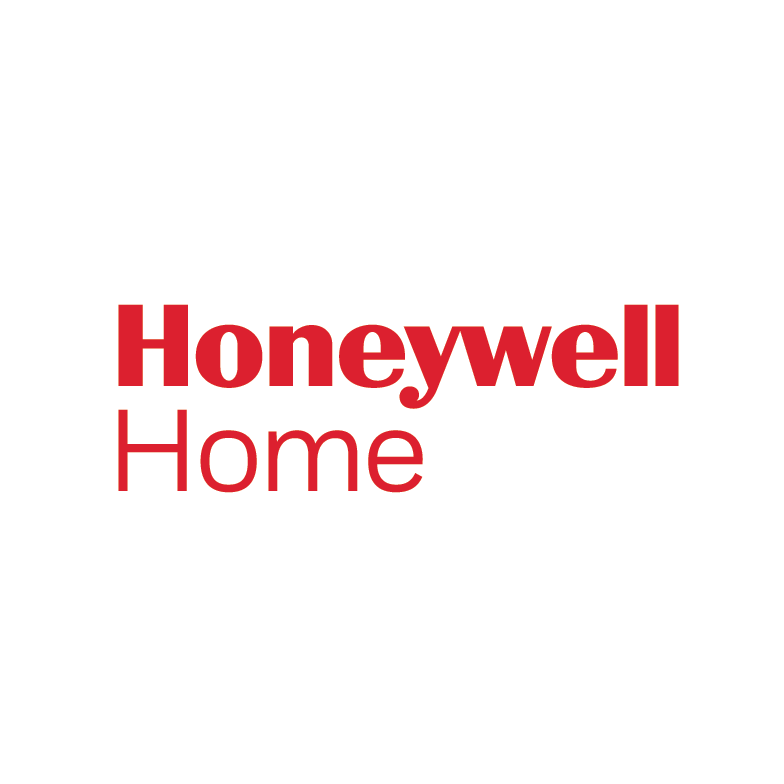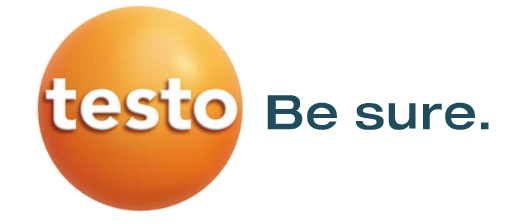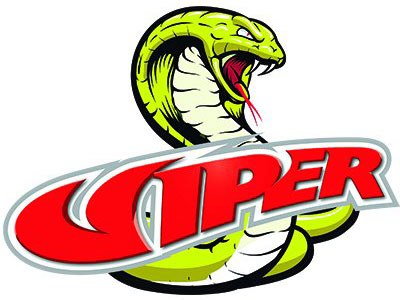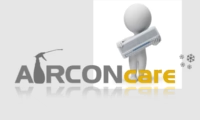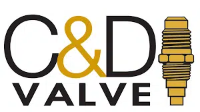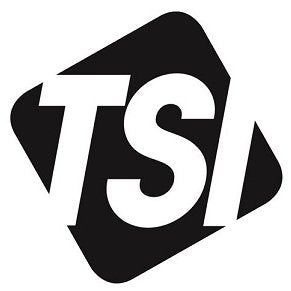Get a Fast Quote
🛠️ Need the Right HVAC Tool for the Job?
Whether you're quoting a bulk order or chasing hard-to-find tools, we’re here to help.
Get a fast, personalised quote—no pressure, no spam!
Fill out the form below and we’ll get back to you ASAP.
📩 Request a Quote
Description
Short intro. If you’re cleaning old copper before a changeover or sorting a grotty retrofit, the Hilmor HLC007 Lineset Cleaner is a fair dinkum time-saver for HVAC techs. It blasts foam pigs down the run using nitrogen, clearing oil, sludge and swarf so you can commission with confidence and fewer call-backs. No mucking about—just fast, clean lines and a job well done.
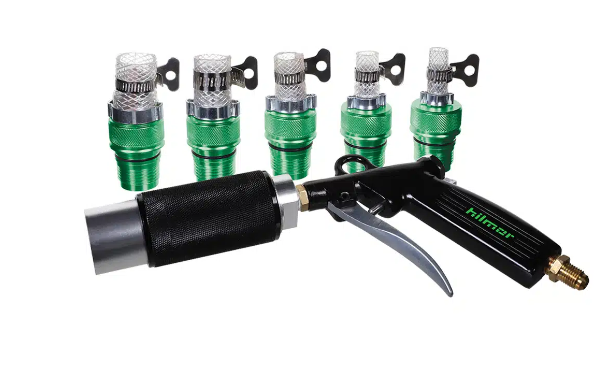
Key Features & Trade Benefits
- Five nozzle sizes (3/8″–7/8″) – cover common HVAC/R lines without changing tools, ideal for split systems and light commercial. :contentReference[oaicite:1]{index=1}
- Foam pigs (reusable) – physically push out oil, debris and residue for a cleaner, drier line before evacuation and charge—bloody good for preventing contaminants getting to the compressor. :contentReference[oaicite:2]{index=2}
- Nitrogen-powered cleaning – uses compressed N2 or inert gas, so there’s no moisture left behind; helps maintain system reliability.
- Built for field use – rugged body and quick-connect nozzles; purpose-built for daily service work across resi and light commercial sites.
- A2L-ready workflows – commonly used alongside A2L-compliant procedures when changing out R32 systems; keep oxygen out and lines
- Carry case & full nozzle set – keep everything tidy in the van and on site—less hunting for bits, more time on the gauges.
Why This Product Matters
Real-world scenario: on a humid Brisbane arvo you’re swapping a tired R410A split to R32. You’ve recovered, brazed a join, and now you need the lines spotless before evacuation. With the HLC007 you fire a pig down from the outdoor to the indoor, catch it in a rag, then repeat. Quick purge, evacuation, charge—she’ll be right. Cleaner lines = fewer acids, fewer restrictions, and fewer warranty dramas down the track. For broader leak-test and purge gear, see our Nitrogen Regulators category.
Pro Tip
Start at 30–40 psi and step up only as needed (tool rated to a max inlet of 60 psi). Always blow from outdoor to indoor where practical and use a rag or bottle trap at the exit to catch the pig—no mess on the client’s floor, no worries.
Compatibility & System Info
- Line sizes: 3/8″, 1/2″, 5/8″, 3/4″, 7/8″ (five nozzles included).
- Gas: Nitrogen or other inert gas (do not use compressed air).
- Often used in workflows for R32, R410A, R134a changeovers/retrofits after recovery and before evacuation.
- Max inlet pressure: 60 psi (0.41 MPa); pressure inlet fitting: 1/4″ SAE male.
Safety note: Follow Aussie guidance around compressed gas handling and safe refrigerant practices. See Australian Government – Refrigerants.
Local Know-How
From windy rooftops in Sydney to sticky plantrooms in Brisbane, this kit’s a ripper for speeding up changeovers and helping prevent moisture/acid headaches in humid coastal conditions.
What’s Included
- Hilmor HLC007 lineset cleaner gun
- 5 × nozzles (3/8″ to 7/8″)
- Foam pigs (two of each size)
- Carry case
Includes full nozzle set and pigs so you can get cracking out of the box.
Specifications
| Line size range | 3/8″–7/8″ (5 nozzles) |
| Operating medium | Nitrogen / inert gas |
| Max inlet pressure | 60 psi (0.41 MPa) |
| Pressure inlet | 1/4″ SAE male |
| Included accessories | Carry case, 5 nozzles, foam pigs (2 of each size) |
Specs per manufacturer documentation.
Warranty & Returns
12-month warranty against defects. Change of mind returns follow our standard policy—see Shipping & Returns.
FAQs
Q: Can I use this with A2L systems like R32?
Yes—use nitrogen for cleaning/purging and follow site safety guidance for A2L refrigerants.
Q: Do I need a special regulator?
A quality nitrogen regulator makes life easier and safer. If you’re building a purge/pressure-test kit, our Regulators category has proven options for HVAC.
Q: How many foam pigs come in the kit and can I buy more?
You get two pigs per size. When you’re running low, grab Hilmor HLP012 replacements.
Q: What pressure should I use?
Start low (30–40 psi) and don’t exceed 60 psi to protect tubing and components.
Related Products
- Need more pigs? Keep your kit running sweet with the genuine HLP012 replacements—handy to have spares in the van.
- Dial in your purge with Hilmor’s compact purge tool—quick flow control when brazing after you’ve cleaned the lines.
- Pair it with a solid nitrogen regulator like the Bradley NR1000 for accurate pressure and safer workflows.
